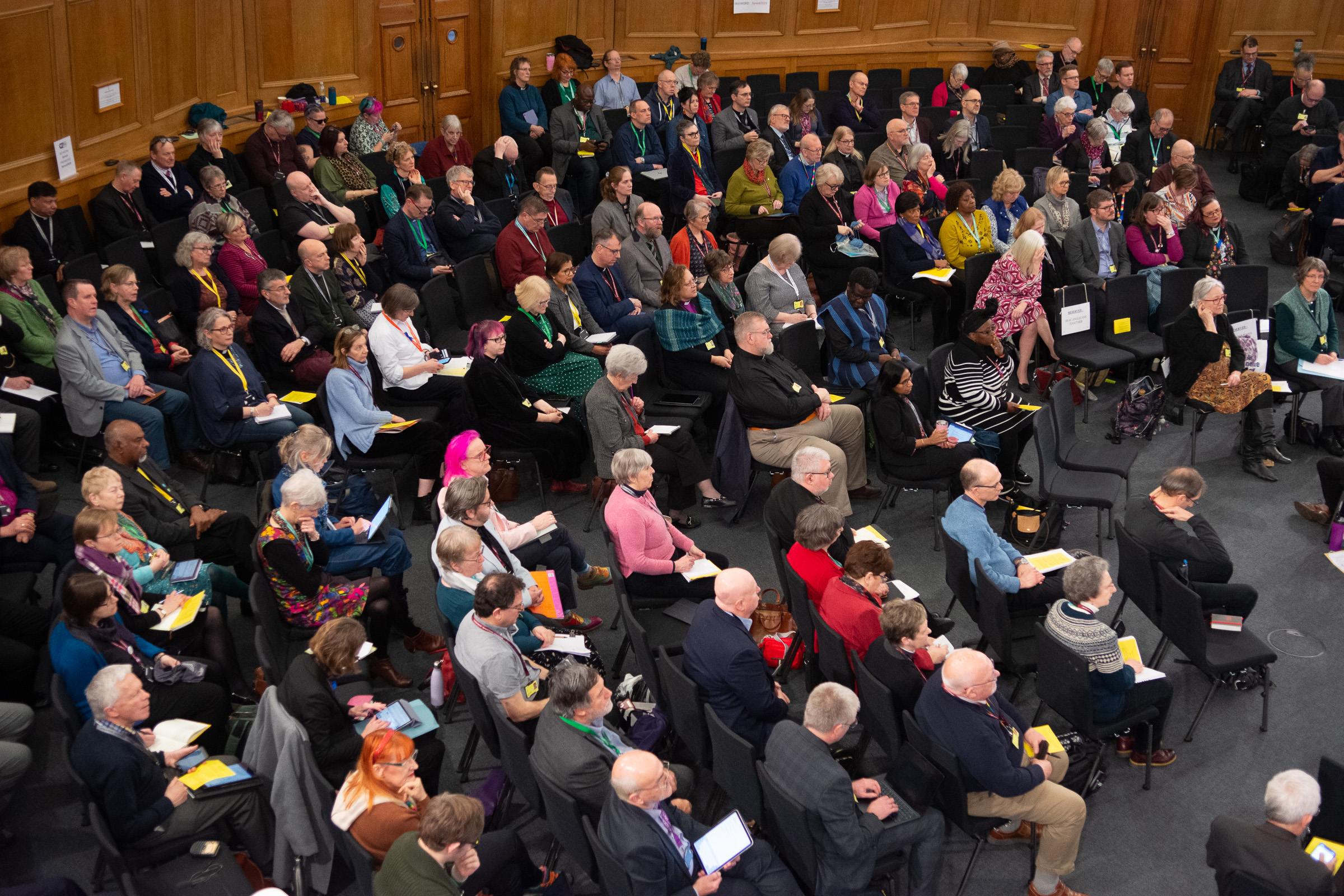
On Tuesday, 11 February 2025, the General Synod debated and voted on two proposed models —Model 3 and Model 4 —for independent safeguarding in the Church of England.
Following a rigorous debate, Synod approved an amended motion endorsing Model 3 as the way forward in the short term, while also calling for further work on the legal and practical steps required to implement Model 4 in the future. This decision follows the rejection of previous proposals that offered little meaningful independence for safeguarding.
The key change under Model 3 is the establishment of an independent external scrutiny body. Most functions currently carried out by the National Safeguarding Team (NST) —except policy development—will be transferred to an external employer. This marks a significant step towards strengthening independent oversight and accountability in our safeguarding.
At the same time, we continue to lament and repent of the Church’s failure to be welcoming to victims and survivors, acknowledging the harm they have experienced and continue to experience.
For further details, please see: Church of England Press Release
Alongside this, on Monday, 10 February 2025, INEQE Safeguarding Group published its First Annual Report on Independent Safeguarding Audits of the Church of England. This report summarises the independent safeguarding audits conducted throughout 2024—including one in Bristol—and highlights key findings and lessons learned.
In alignment with Model 3, INEQE proposes a safeguarding model that blends operationally independent safeguarding within the existing governance structures of church bodies.
Jim Gamble QPM, Lead Auditor at INEQE Safeguarding Group said:
“The systems in place are demonstrably better. Those on the front line of safeguarding are more aware, and the Church’s blended safeguarding teams – comprised of credible safeguarding professionals with previous experience from statutory or equivalent services – are driven by a safeguarding-first philosophy that is constantly evolving and improving.
“Independent scrutiny and mechanisms to hold those responsible for the safety of others to account are absolutely critical. They ensure compliance with standards and drive continuous improvement. Effective external scrutiny complements internal mechanisms and governing bodies, all of whom are accountable for their organisations.
“That said, when it comes to delivering effective safeguarding practice – practice that genuinely works and makes a difference – it is most effectively delivered from within, not imposed from without.”
Other key findings include:
-
The overwhelming majority of respondents reported feeling safe and respected within their place of worship or workplace.
-
Most participants observed tangible improvements in safeguarding arrangements and recognised that a safeguarding culture was becoming embedded.
-
Significantly, many respondents expressed confidence in their ability to speak truth to power, highlighting a shift towards greater openness and accountability.
Read the full report here: INEQE Independent Safeguarding Audits of Church of England Dioceses and Cathedrals Report
I would like to use this opportunity to once again thank our Parish Safeguarding Officers, clergy, and volunteers for all their hard work and continued commitment to making our churches safer places. If you have any questions or concerns, please do not hesitate to reach out to our Safeguarding Team: Diocese of Bristol Safeguarding.
The Rt Revd Vivienne Faull, Bishop of Bristol
Credit: Church of England / Geoff Crawford